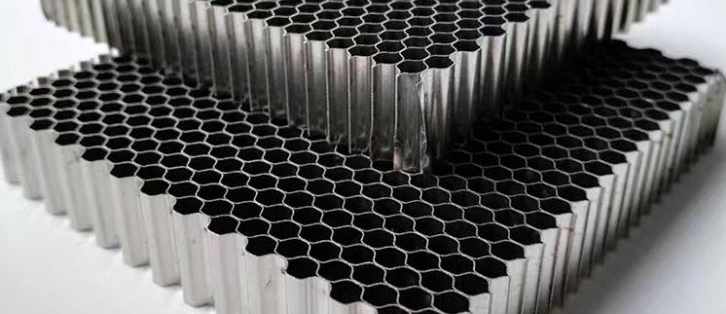Aluminum honeycomb core structures have gained widespread attention in various industries due to their unique properties and applications. This lightweight yet strong material is primarily used in the aerospace, automotive and construction sectors. Core areas of research into aluminum honeycomb cores focus on improving its performance, durability and sustainability, making it an important area of research for engineers and materials scientists alike.
The aluminum honeycomb core is characterized by its hexagonal cell structure, which provides an excellent strength-to-weight ratio. This unique geometry allows for efficient load distribution, making it ideal for applications where weight reduction is critical. Researchers are continually exploring ways to optimize this structure, studying factors such as cell size, wall thickness and material composition to improve mechanical and overall performance.
One of the main research areas in the field of aluminum honeycomb cores is the development of advanced manufacturing technologies. Traditional methods such as die casting and extrusion have limitations in scalability and accuracy. Innovative methods including additive manufacturing and advanced composite technologies are being explored to create more complex and efficient designs. These methods not only enhance the structural integrity of the honeycomb core but also reduce production costs and time.
Another important aspect of research is the environmental impact of aluminum honeycomb cores. As industries strive to become more sustainable, the focus has shifted to the recycling and reuse of materials. Aluminum is inherently recyclable, and researchers are investigating ways to incorporate recycled aluminum into honeycomb core production. This not only reduces waste but also lowers the carbon footprint associated with the manufacturing process. The integration of sustainable practices is becoming a cornerstone of research in this area.

In addition to sustainability, the performance of aluminum honeycomb cores under various environmental conditions is also an important research focus. Factors such as temperature fluctuations, humidity and exposure to chemicals can affect the integrity of the material. Researchers are conducting extensive studies to understand how these variables affect the mechanical properties of aluminum honeycomb cores. This knowledge is critical for industries that require reliable materials in challenging environments, such as aerospace and marine applications.
The versatility of aluminum honeycomb core extends beyond traditional applications. Emerging sectors such as renewable energy and electric vehicles are beginning to adopt these materials because of their lightweight and durable properties. Research is currently underway to explore the potential of aluminum honeycomb cores in wind turbine blades, solar panel structures and battery casings. This expansion into new markets highlights the adaptability of aluminum honeycomb technology and its potential to contribute to innovative solutions in a variety of sectors.
Collaboration between academia and industry is critical to advancing the core research area of aluminum honeycomb cores. Universities and research institutions are working with manufacturers to experiment, share knowledge and develop new technologies. These collaborations promote innovation and ensure that research results are translated into practical applications. As the demand for lightweight and sustainable materials continues to grow, synergies between research and industry will play a key role in shaping the future of aluminum honeycomb cores.
In conclusion, the core research area of aluminum honeycomb core materials is a dynamic and growing field with great potential for various industries. From optimizing manufacturing processes to improving sustainability and performance, researchers are making significant progress in understanding and improving this versatile material. Innovations from this research will undoubtedly help develop advanced materials that meet the needs of modern applications as we move towards a more sustainable future.
Post time: Oct-29-2024






